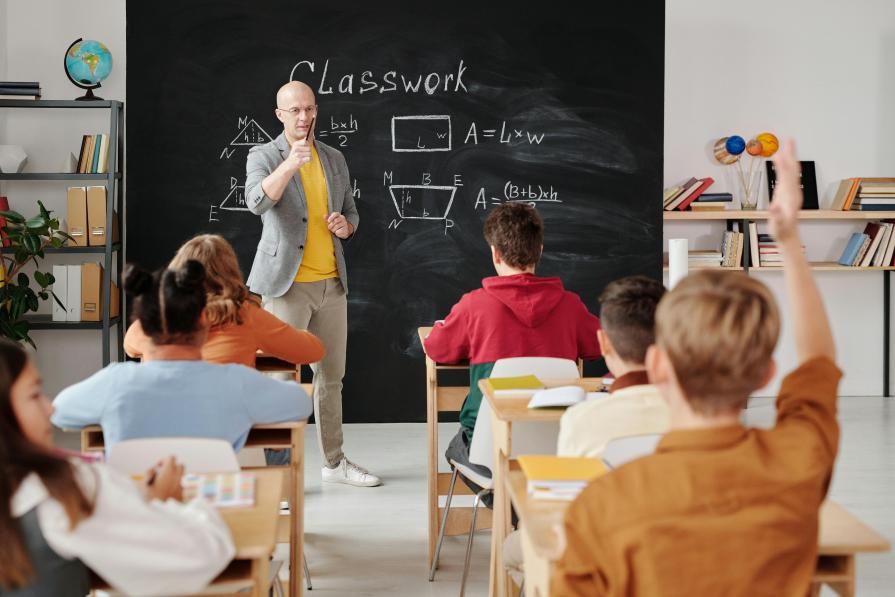New Zealand is an interesting country that has many peculiarities in everyday life, laws, health care and education. New Zealand schools, for example, are very different from traditional educational institutions in other countries! What is the difference?
"Open Spaces" and Their Criticism
Around 2011, New Zealand's Ministry of Education began to take an innovative approach to school space, transforming traditional classrooms into spacious, open-plan spaces. In these new classrooms, groups of pupils much larger than the size of regular classes were trained, and instruction was conducted by a team of teachers.

A few years after the implementation of this reform, schools began to rethink the concept of "open spaces" – they were looking for ways to adapt large open spaces to create more traditional and closed classrooms. For example, some primary schools in the country have begun to install sliding doors to divide a large open space. School principals explained that the acoustic problem in large open spaces made it difficult for hundreds of children and adults to learn and stay comfortably in them at the same time: the noise made it difficult for students to concentrate, forcing them to go outside for classes in a quieter environment or for more private communication. However, school leaders note that some students find "open spaces" attractive for learning, so they believe it is important to preserve elements of open space for those who adapt well to such learning environments.
A compromise between new and classic formats
The concept of "open spaces" has become an important part of the global changes in the education system, focused primarily on students, the effectiveness of the educational process and the constructivist approach — an emphasis on the active participation of students in the learning process through dialogue and group work. It is assumed that open classes are better suited to this model of learning, but practical experience has shown that this format is not suitable for everyone: many students experienced difficulties due to increased cognitive load and many distractions.






